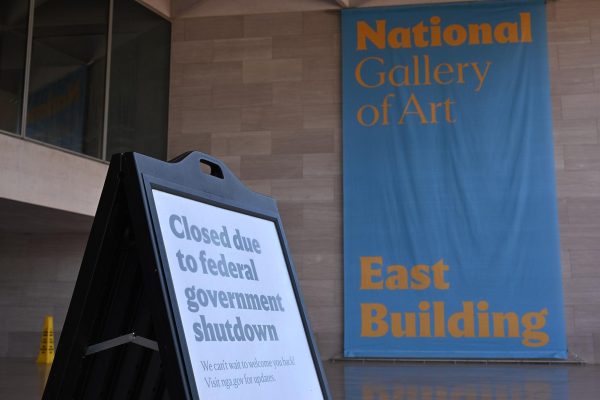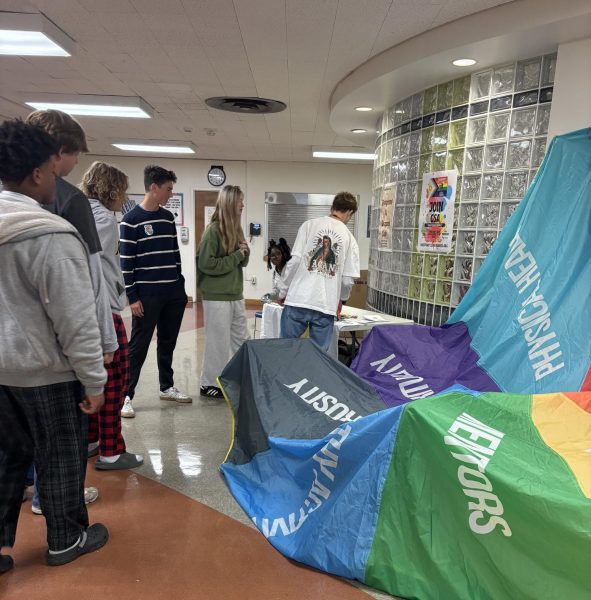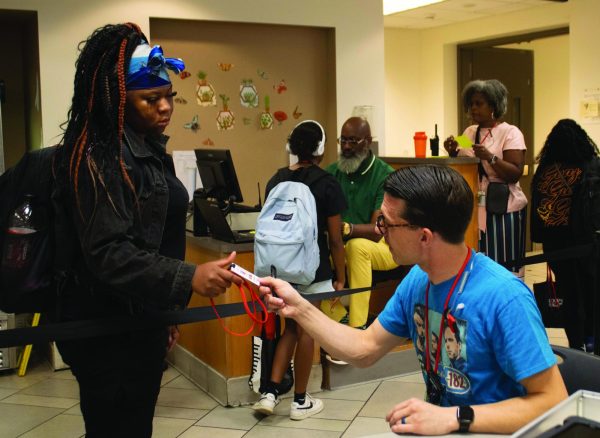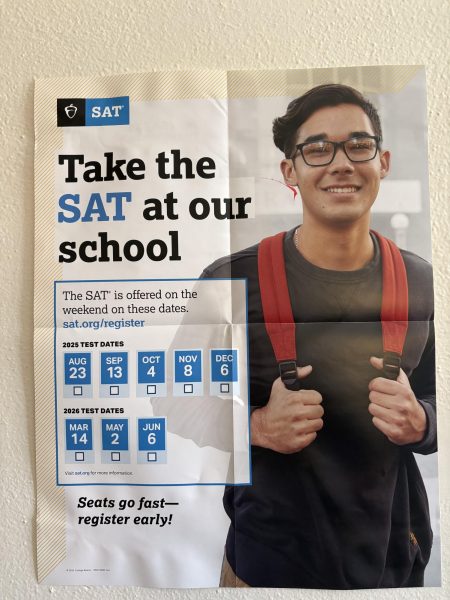Letter-Writing May Be Old-Fashioned, But It’s Still Personal
Reaching into the mailbox, you grab the mail. You’re not expecting anything. But you still subtly hope for something interesting as you causally flip through the small pile.
A few catalogs. Some business letters. A magazine. Bills. An advertisement for a local painting company. As you glance at an envelope that bears your name, you’re excited, but the excitement dies quickly when you notice the college emblem. Another college endorsement. All the same as last month. There aren’t any letters addressed to you, but you don’t give it a second thought as you go off to check your phone and Facebook messages.
With email, texting, and social networks taking over the lines of communication, mailboxes are short of personal letters and the United States Postal Office, heading for bankruptcy, is short of money.
An annual survey by the post office showed that typical households received a personal letter only once about every seven weeks in 2010. In 1987, it was one every two weeks.
According to the USPS, this decline in letters is “primarily driven by the adoption of the Internet as a preferred method of communication.” Only 82.5 million standard pieces of mail were sent in 2010. If that sounds like a lot, compare it to Radicati Group’s statistic that 29.4 billion genuine emails were sent each day the same year. That’s 10.7 trillion emails sent that year and 340 thousand every second.
Junior Anthony DeFelice, who believes letters are obsolete, said he doesn’t write letters because “it’s called email.”
The popularity of electronic messages is one reason why the USPS faces bankruptcy. “We serve every household in this country for 44 cents a letter,” retired postal worker Michael Levine said in a New Jersey On-Line article, “Think about that.” But this begs the question: do people still even send them?
The last time many students wrote a letter, it wasn’t by their own choice. DeFelice said that the only time he ever wrote a letter was in seventh or eighth grade. It was required by his English class.
Similarly, Junior Vita Brown recalled, “The last time I wrote one was when I was nine and it was to my pen pal. It was required by school.” She also sends emails instead.
Let’s face it: emails are easier to write, quicker to send, and any typed mistake can be erased with a tap of the backspace key. Not to mention, they don’t require the price of stamps, envelopes and paper. Yet despite the convenience of communication through technology, letters hold their own unique values, both material and sentimental.
Personal letters are sent by those who have taken the time and effort to sit down, write, pay for a stamp and an envelope, and send the letter.
“Time is our most valuable commodity. If I’m willing to spend time on you that shows how important you are to me,” said English Department Chairwoman Elaine Mason. She writes more letters than emails because “it’s a very tactile thing. I like the feel and the smell of the paper.”
Junior Rebecca Smith, who keeps in touch with a friend at Ohio University via letters, emphasized that these sorts of messages are “more personal because you can get emails from stores and colleges, but handwritten letters only come from people who care about you.”
However, with email and the keyboard making letters and handwriting obsolete, Mason said that “the actual skill of physically writing something is going to be lost.” According to a Morning Journal article, “Soon, teaching cursive handwriting will no longer be part of the required curriculum in Ohio school districts.”
Smith said that letters have the advantage of being material and not digital. “Emails and Facebook messages eventually get deleted and lost, but letters are tangible things you can’t delete.”
History teacher Elizabeth Plautz explained that emails are “more reactive than proactive.” She said that when people type or text, they are immediately responding without much emphasis on thought. Letters, on the other hand, are composed. “One of the differences is when people wrote a letter, it took time and effort, so it took thought.”
Smith, like many other students who write letters, still sends more emails. “Most people think email is a more practical way of communication. So if you want to get in touch with someone, email or Facebook is your best bet.”
Plautz hasn’t sent a letter to her sons in college, resorting instead to easy and instant communication by phone or through text. She said, “I feel I have more communication with them and it keeps up the warmth of the relationship.” However, reminded of letters’ qualities, Plautz said she plans to write to them soon. She said that with technology taking over and the presence of letters diminishing, they “become even more special.”
Senior Emily Hirsch, the literary editor for Semanteme, thinks people probably don’t send as many letters because “combined with the time and the effort you put into it and not knowing the outcome, it’s just easier to send a text or email. If you send a letter, you expect one back. It’s reciprocal. It’s just that no one wants to initiate it.”
But students might also not write letters because sitting down and writing is too similar to their time-consuming, written schoolwork.
Yet letters don’t have to be long. Gwen Thompkins, National Public Radio East Africa correspondent, wrote in an NPR opinion article, “A simple ‘Wish you were here’ can mean so much more than an overwrought email.”
Letters might be inefficient, but they have their advantages and values. As Mason said, “It’s like cooking a great meal for a friend instead of picking up carryout.”
A version of this article appeared in print on 21 November 2011, on page 10 of The Shakerite.





